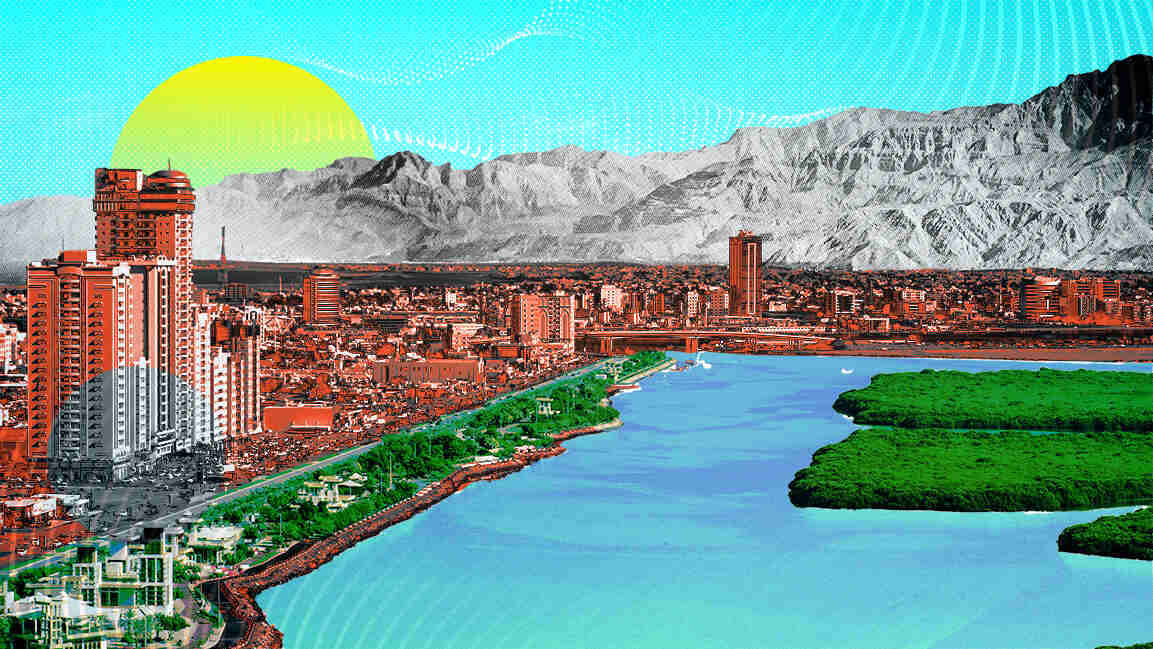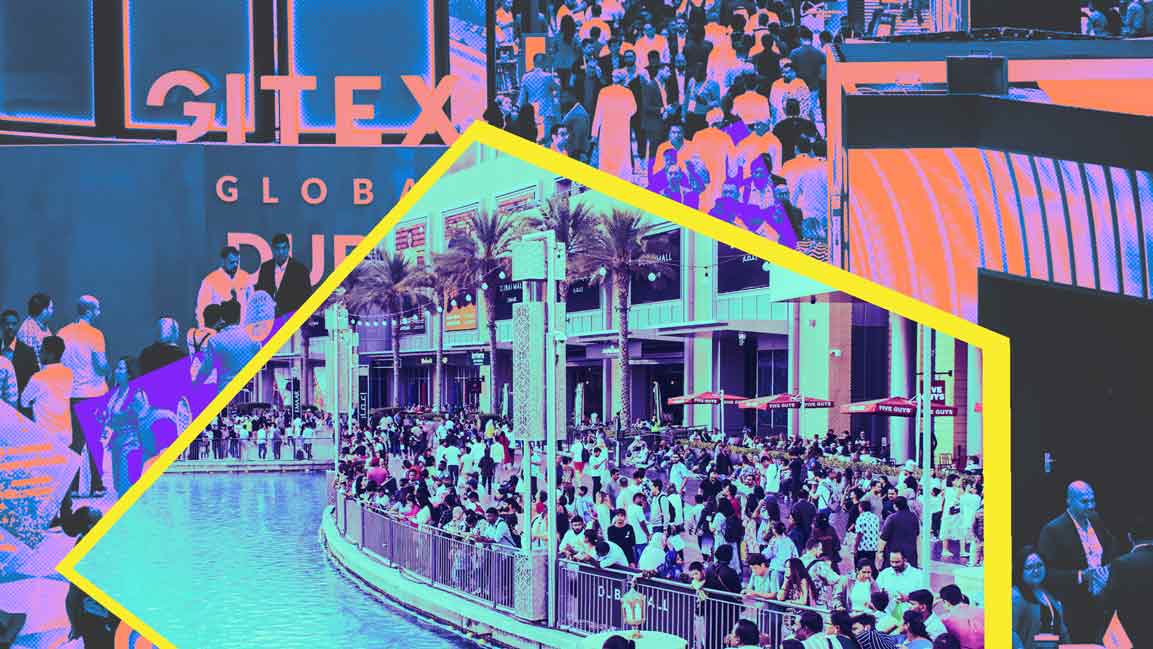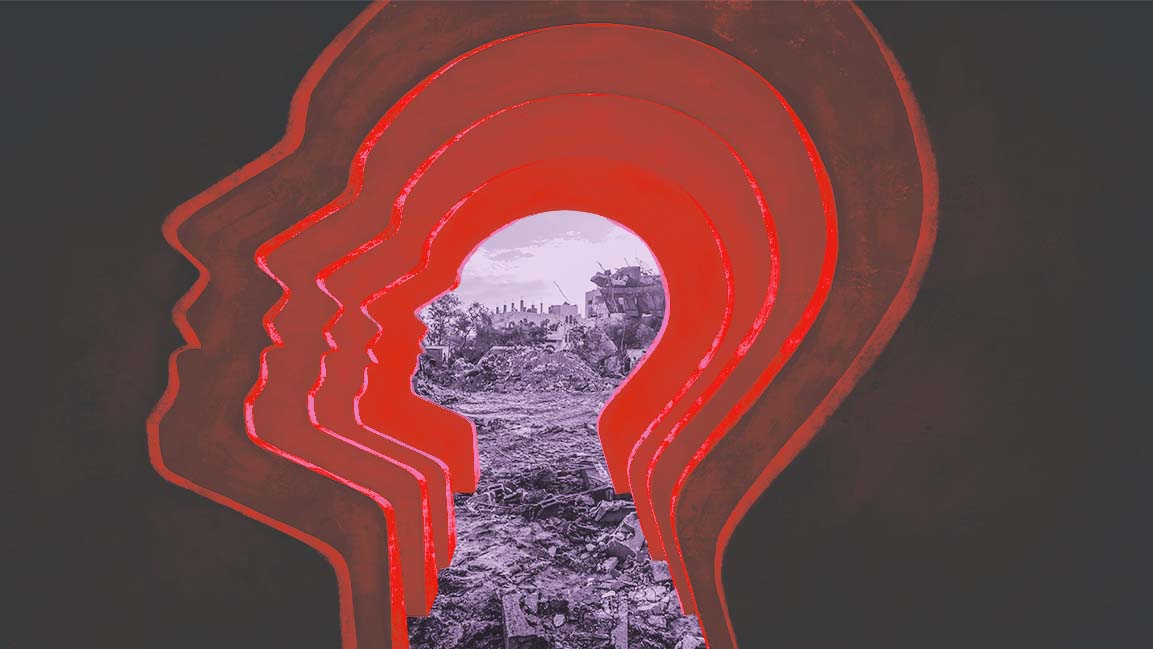- | 9:00 am
How Ras Al Khaimah is transforming its desert heritage into a future-ready economy
Abdulla Al Abdouli, CEO of Marjan, discusses how Ras Al Khaimah is becoming a historically rich, economically vibrant, and forward-looking destination.

In the early morning, as the first light hits the jagged peaks of the Hajar Mountains, Ras Al Khaimah reveals a timeless side of the UAE — ancient forts perch on rocky outcrops, and date palms sway along quiet wadis. For decades, this emirate has been a serene getaway, a slower-paced alternative to Dubai and Abu Dhabi.
But that image is transforming rapidly.
Ras Al Khaimah is leveraging its diverse topography to champion ecotourism, while smart master planning and technology-driven design are creating cosmopolitan livability for a multicultural community. From eco-lodges that honor local heritage to AI-powered urban planning, it is merging its past and future into a narrative of innovation and sustainability.
ROOTED IN HERITAGE AND INNOVATION
At the helm of this transformation is Abdulla Al Abdouli, CEO of Marjan.
“We are proud of our history, but we are moving toward the future,” says Al Abdouli. “We have a culture, the topography, and all of this new asset and modernity coming to life.”
He adds that Marjan ensures that all these elements are respected in its master plans.
Last week, Marjan and RAK Hospitality announced a strategic merger to accelerate Ras Al Khaimah’s real estate and hospitality growth. The ambitious plan envisions 45,000 residential units and 67,000 hotel keys by 2034, backed by a $10 billion investment.
“This is a beginning for a new chapter for the emirate… a new horizon for growth in real estate and hospitality,” Al Abdouli says.
The merger aims to foster job creation, lifestyle offerings, and community development while leveraging synergies between master planning and hospitality expertise.
“Today, there is a lot of technology being used, and we are happy to share our digital twin for the RAK Central project,” he adds. “It helps us, as a master developer, to look at products differently. With AI and digital twins, you can see everything with a quick look. For us, it’s about integrating technology into the entire experience, not just for sales, but to drive the visitor and resident experience.”
TECHNOLOGY AS A PILLAR OF LIVABILITY
Central to Marjan’s strategy is technology as a storytelling and planning tool, ensuring livability while preserving heritage. Al Abdouli says, “When it comes to technology, we ensure that we make it part of the story. We use digital twins to visualize spaces before they are built, integrating technology across design, sales, and operational phases.”
Beyond master planning, Ras Al Khaimah is launching initiatives like Innovation City on Marjan Beach and partnerships that attract global tech companies. “The role for Marjan is to invest in infrastructure and enable the private sector to flourish. We’re already attracting companies to establish a base, and we create the anchor that allows them to invest in the destination,” says Al Abdouli.
BALANCING HERITAGE AND MODERNITY
Despite the focus on technology and urban expansion, preserving cultural heritage remains a priority. “We are proud of our history, but we are moving toward the future,” Al Abdouli says. “Marjan’s role is to ensure that all these elements— culture, topography, and modern assets—are respected in our master plans.”
Projects like Saij, a sustainable mountain lodge in Jebel Jais, highlight Marjan’s commitment to ecotourism. Digital storytelling and heritage-based experiences allow visitors to engage with RAK’s rich history. It’s a blend of tradition and modernity, while preserving the emirate’s identity.
Saij exemplifies the “perennial, accessible, year-round” offering Al Abdouli believes sets Ras Al Khaimah apart. This unique aspect accommodates a summer influx and enhances a resilient destination ecosystem.
One of the most transformational pieces in the emirate is the development of Wynn Al Marjan Island, an integrated resort by Wynn Resorts in partnership with Marjan and RAK Hospitality Holding. Wynn’s, a luxury, globally branded development, presence signals the emirate’s ability to attract big-ticket investment while responsibly leveraging its unique assets.
“As a master developer, we’re creating the anchor that enables those corporates to invest in the destination,” says Al Abdouli. In the case of Wynn, the anchor is not just the resort itself, it’s the uplift it brings in design, jobs, lifestyle, global attention, and the push-forward into the emirate’s broader vision of livability and sustainable tourism.
THE LIVABILITY ADVANTAGE
A central theme of the development strategy is livability —the creation of urban environments where people can work, play, and thrive. Al Abdouli says, “Livability is not a commercial gain. It is a sense of belonging… What if I can walk to my office? What if my kids are playing in a massive playground? What if I can move within the destination in 15 minutes, getting all I need?”
This philosophy informs all master plans, from public spaces and cycling tracks to residential developments and educational facilities. It also aligns with tourism goals: by attracting skilled residents and creating engaging, year-round experiences, the emirate aims to welcome 3.5 million overnight visitors and 5 million total visitors by 2030, boosting GDP by 30%.
Marjan’s approach exemplifies the potential of sustainable tourism powered by digital twins, AI-driven planning, and immersive visitor experiences. These ensure that heritage sites are protected while benefiting the local economy.
“Today, the trend in real estate is no longer images; it’s experience. That’s where we are investing,” Al Abdouli says.






































